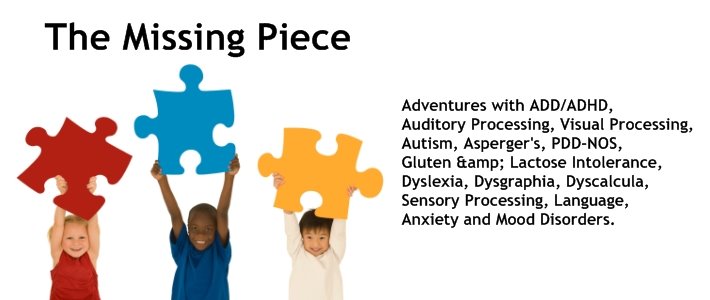The test uses an electroencephalogram, or EEG, with sensors attached to a child’s head and hooked by wires to a computer to measure brain waves. It traces different types of electrical impulses given off by nerve cells in the brain and records how many times those impulses are given off each second.
The test takes 15 to 20 minutes, and measures two kinds of brain waves — theta and beta. Certain combinations of those waves tend to be more prevalent in children with A.D.H.D., the Food and Drug Administration said in a news release.
The disorder is one of the most common behavioral disorders in children. About 9 percent of adolescents have A.D.H.D. and the average age of diagnosis is 7, the drug agency said, citing the American Psychiatric Association. Children who have it tend to be hyperactive, impulsive and exhibit behavioral problems.
The maker of the testing device, NEBA Health of Augusta, Ga., gave the F.D.A. data from a study of 275 children and adolescents, ages 6 to 17, with attention or hyperactivity problems. Clinicians used the device, called a Neuropsychiatric EEG-Based Assessment Aid, in combination with traditional testing methods, like listing the criteria in the Diagnostic and Statistical Manual of Mental Disorders, behavioral questionnaires and I.Q. testing.
An outside group of researchers then reviewed the data and decided whether the child had the disorder. The results showed that the device helped doctors make a more accurate diagnosis than using traditional methods alone, the F.D.A. said. An agency spokeswoman said it did not release the study’s data.
William E. Pelham, the director of the Center for Children and Families at Florida International University, which conducts research on the disorder and treats children who have it, was skeptical about the test. Traditional methods of diagnosing the disorder are relatively accurate, he said, and years of research on brain function have not added much to those methods. The NEBA device, he said, only supplements other types of tests and would serve only to increase the cost of diagnosis.
“What’s the point?” he said. “We’re not going to run out and buy one of these machines to do diagnoses, because it is totally unnecessary.”
Christy Foreman, director of the Office of Device Evaluation at the F.D.A.’s Center for Devices and Radiological Health, said in a statement that the device would help health care providers more accurately determine whether A.D.H.D. was the cause of a particular behavioral problem.

No comments:
Post a Comment